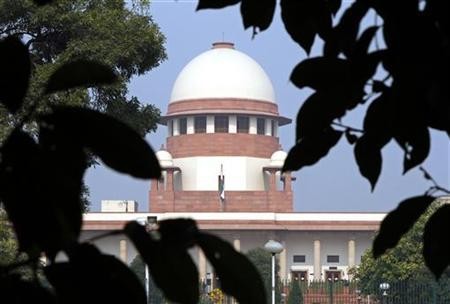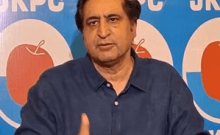
The Supreme Court of India has rejected the plea to supervise the excavation for the prophesised 1,000 tonnes of gold beneath the forbidden fort of King Rao Ram Baksh Singh in Unnao district of Uttar Pradesh.
Calling the whole affair of the treasure hunt by the Archaeological Survey of India on the basis of a seer's dream and a survey by the Geological Survey of India (GSI) as 'sensational' the apex court refused to intervene.
"The court can't intervene in each and every sensational matter. If 1,000 tonnes of gold are available, everyone will be happy. But the court can't go by assumptions," said the Chief Justice of India P. Sathasivam.
The ASI affirmed that its excavation was not linked to Saint Shobhan Sarkar's dream.
"Archaeology is a science, we don't base it on someone's dream," the agency's Director, Syed Jamal Hasan, told NDTV.
He added that the ASI was not expecting to locate tonnes of gold underneath the fort but might find something of a historical significance such as sand-made pots.
A preliminary search through Ground Penetrating Radar Survey by the GSI was unsuccessful in confirming the presence of the yellow metal beneath the fort, however, it had advised the Ministry of Mines on 8th October to test the specified site 'by excavation for further interest'.
"The GSI report mentions this prominent non-magnetic anomalous zone occurring at 5-20 m depth indicative of possible non conducting, metallic contents and/or some alloys, etc," Ministry of Culture had said.
Following the announcement of the excavation on Friday, thousands of people from nearby villages and 100 media houses rushed to the site in Daundia Kheda village at Unnao.
Advocate ML Sharma filed a Public Interest Litigation (PIL) asking the apex court to order monitoring and security at the palace so that the treasure does not go missing, if found.
The whole excavation process will take a minimum two to three weeks and SC decided to review the PIL after four weeks.









